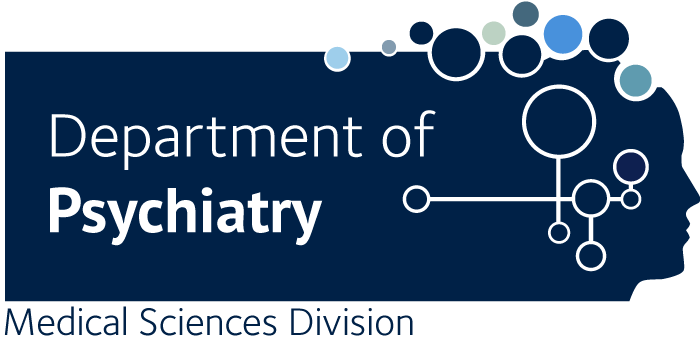Networks of care for the modern adolescent.
White SR., Soneson E., OxWell Study Team None., Fazel M.
BACKGROUND: At a time of increased demand for specialist mental health services, a more nuanced understanding of how adolescents navigate systems of care and support is essential. We mapped 'networks of care' to explore patterns of mental health help-seeking alongside the perceived helpfulness of support accessed. METHODS: We examined data from 23 927 adolescents aged 11-18 years who participated in the 2023 OxWell Student Survey, an English school-based, repeated cross-sectional survey of mental health and wellbeing. Students self-reported past-year access to 18 types of support across informal (e.g. friends and family), semi-formal (e.g. school and charities), and formal (e.g. health and social care) domains, alongside how helpful they found the support. We used a network approach to explore interconnections between sources of support accessed and perceived helpfulness. RESULTS: One in four (27.0%, 6449/23927) adolescents reported past-year access to mental health support, of which 56.7% (3658/6449) reported accessing multiple types. Informal networks were the most commonly accessed (23.1%, 5523/23927), followed by semi-formal (9.7%, 2317/23927) and formal (6.8%, 1623/23927) supports. Informal sources had high acceptability, with around 80-90% reporting them as helpful, whereas child and adolescent mental health services (CAMHS), helplines, and online supports were perceived to be the least helpful. The networks also identified groups who might not be optimally served by current systems, including gender diverse adolescents and adolescents who found mental health support from their parents unhelpful. CONCLUSIONS: Adolescents are accessing mental health support across informal, semi-formal, and formal sources of care. Services can no longer be developed, delivered, or evaluated in isolation from these networks.

